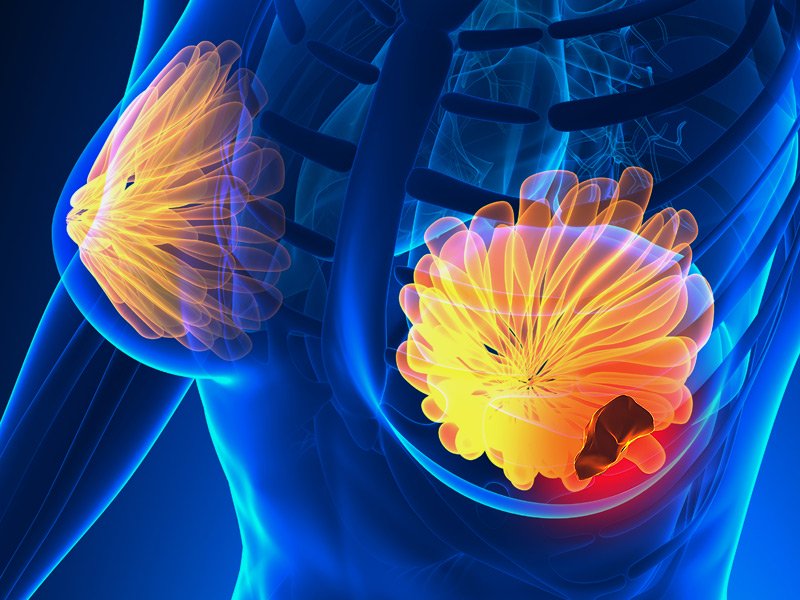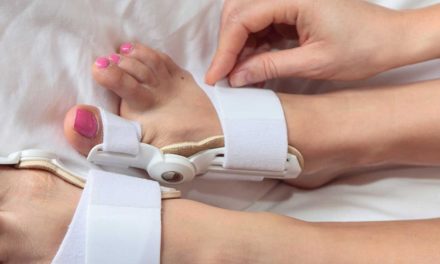Cancer affects the entire population, whether young or old, rich or poor, male or female, child or adult, and represents an enormous burden for patients, families and society.
Cancer is one of the leading causes of death worldwide, especially in developing countries.
However, many of those deaths are preventable. More than 30% of cancers can be prevented through a healthy lifestyle or immunization against the infections that cause them (HBV, HPV). Others can be detected early, treated and cured. Even when the cancer is terminal, it can alleviate the patient’s suffering with good palliative care.
There are more than 100 types of cancer; any body part can be affected.
In 2012, 8.2 million people died of cancer.
More than 70% of cancer deaths occur in Africa, Asia, and Central and South America.
Worldwide, men’s five most common types of cancer are lung, liver, stomach, colon and rectum, and esophagus.
Worldwide, the five most common types of cancer in women are, in order of frequency, breast, lung, stomach, colon and rectum, and cervical cancer.
In many developing countries, cervical cancer is the most common cancer.
Tobacco use is the leading preventable cause of cancer worldwide, accounting for 20% of cancer deaths.
1/5 of all cancers recorded worldwide are due to chronic infection. For example, human papillomavirus (HPV) causes cervical cancer, and hepatitis B virus (HBV) causes liver cancer.
The cancers with the most significant impact on public health, such as breast, cervical, colon and rectum, can be cured if detected early and treated appropriately.
Applying the available knowledge on pain control and palliative care could mitigate the suffering of patients.
More than 30% of cancers can be prevented, mainly by avoiding tobacco, eating healthy foods, doing some physical activity and moderating alcohol consumption.
In developing countries, up to 20% of cancer deaths could be prevented by vaccination against HBV and HPV.
The probability of dying from breast cancer has decreased by about a third in recent decades. This is due, in part, to these early detection programs. Breast cancer is more likely to be cured the earlier it is detected.
Methods of early detection of breast cancer
There are three main ways to detect breast cancer early: mammography, clinical breast examination and breast self-examination.
Mammography
A mammogram is an X-ray of the breast performed with an X-ray machine whose shape is adapted to the breasts and produces a minimum dose of radiation.
Mammography is the most influential early detection test for breast cancer since it can detect lesions long before they can be discovered by oneself or the doctor.
As a test in an early detection program for breast cancer, it should be performed periodically and routinely every 1 or 2 years in women between 45 to 50 and 65 to 70.
clinical breast examination
The gynecologist will examine the breasts and armpits in the annual gynecological examinations to rule out palpable alterations.
Because breast cancer is sporadic in women under 30 or 35 years of age, it is most likely that other complementary tests will not be requested unless an abnormality is detected on examination. However, if there is a family history of breast cancer or known genetic alterations, this examination will complement others.
breast self-examination
Breast self-examination facilitates the possibility of finding changes in the breasts themselves.
No study has shown that breast self-examination reduces the risk of dying from breast cancer. However, some women prefer breast self-examination regularly as it improves their ability to detect changes that might otherwise go unnoticed.
Women who incorporate breast self-examination into their routine should not neglect or replace this technique with regular mammograms or clinical breast examinations.
How to do a breast self-examination
The best time to do a breast self-exam is a week after your period ends. You can do the test anytime if you no longer have menstrual periods.
- To begin, stand in front of a mirror, bare-chested and without a bra, and place both arms by your sides. You should look at the echo, look for changes in leather colour or texture and check for dents. You also have to look at the appearance of the nipples. Some women have inverted nipples, which means their nipples point in instead of out. This is normal as long as the shape of the nipple does not change over time.
- The hands are placed on the hips, and the chest is observed turning from one side to the other.
- The inspection process is repeated with the arms raised and the hands behind the neck. Each chest should be moved by exerting force with the pectorals to detect any asymmetry in their shape.
- Lying face up, one hand is placed under the neck. This position flattens the chest and makes it easier to examine. With the hand that remains free, palpation of the opposite breast begins, making small circles, using the tips of the index, middle and ring fingers, moving the fingers from the edge of the breast towards the nipple, following the four quadrants. The nipple should be caught with the fingers as a clamp to check if secretions come out. Next, the hands are changed, and the exercise is repeated on the other breast.
When performing breast self-palpation, it is normal to feel the ribs when palpating the breasts. Abnormal lumps from breast tissue often feel firm, have irregular edges, and sometimes feel “stuck” to the breast. You should always see your doctor if you don’t know if a lump is normal or abnormal.





